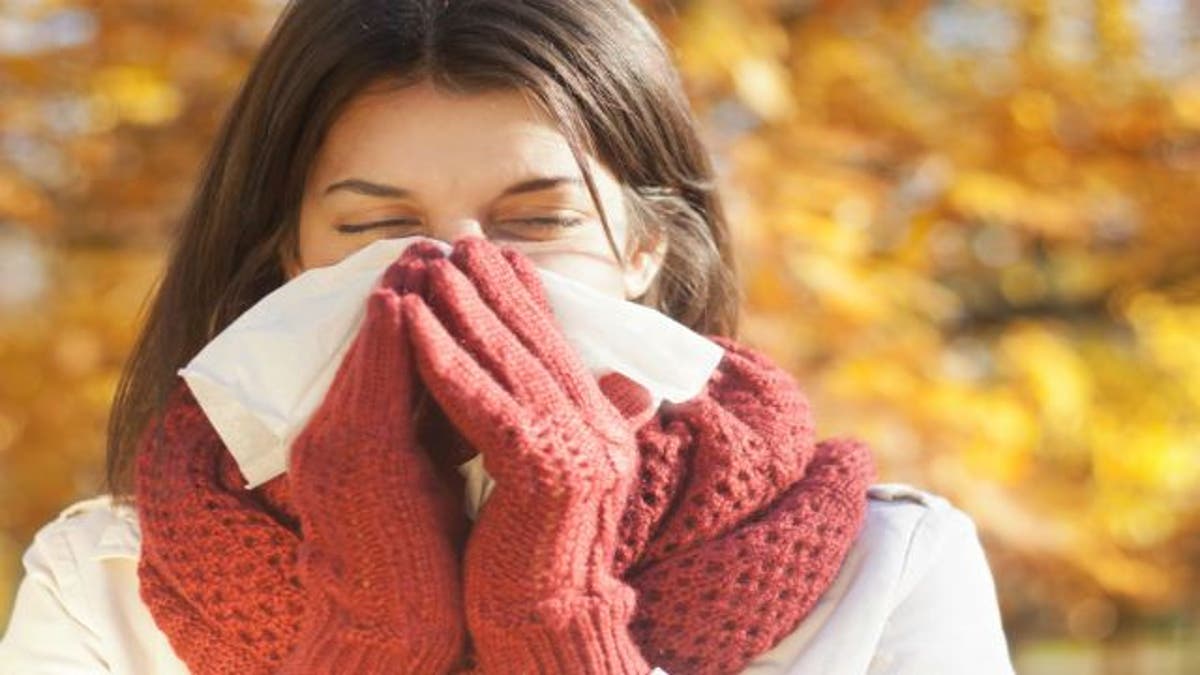
For millions of allergy sufferers, symptoms aren’t restricted to one season— the suffering can last for months. And what’s inside your home may have an even bigger impact than outdoor allergens.
“Allergies can be all year long, or they could be seasonal,” Dr. Jordan Josephson, a New York nasal and endoscopic sinus surgeon told FoxNews.com. “And seasonal doesn’t mean just one season, so you could be allergic to certain things in the summer, certain things in the spring, certain things in the fall,” he said.
And as people retreat into their homes and batten down the hatches to hide from winter’s wrath, it’s easy to forget about what is getting trapped inside your home with you. Pollen, dust, bacteria and other allergy-aggravating agents are easily tracked inside the home on shoes, coats or even with pets.
An easy solution to cut down on what follows you inside is to simply take off your shoes when entering the home.
“You don’t want to track in all the E.coli, local pesticides; you don’t want to take that into your home,” Robin Wilson, an ambassador for the Asthma and Allergy Association for America and a home designer, told FoxNews.com.
And leave your outerwear coat in the hallway closet rather than putting it in an interior closet to avoid contamination, Wilson said, because there’s a good chance pollen is lurking on it.
Allergies can also be more than a pesky ailment to sufferers.
“People that suffer can be miserable, and it could lead to sinus infections, or nasal obstruction, which can lead to snoring and sleep apnea or chronic sinus infections,” Josephson said.
In the winter season, and colder months, it may become difficult to differentiate between allergy symptoms and a common cold, which may lead to overmedicating.
If left untreated, allergy symptoms may turn into a sinus infection -- a leading cause of missed school or work days for sufferers, Josephson said.
“First they [physicians] have to make the right diagnosis and then they have to treat it appropriately. The good news is now we have new combinations of therapies that are both Eastern and Western that can give these people much better outlooks on their quality of life,” Josephson said.
Not all allergy treatment has to include medication, according to both Josephson and Wilson.
“A wellness lifestyle is better than medication, making your home or living environment as non-toxic as possible is also a good idea,” Wilson said.
Wilson, an allergy sufferer since childhood, shared home tips that may help for beginners unaware of where allergy aggravators are lurking.
“Most children have what they call a security toy, or blanket and some of those things can be washed while others cannot,” Wilson said.
“Rather than disfigure the animal in the wash, or spray it with chemicals, a simple thing to do is to freeze the animal in a Ziploc bag so that dust mites freeze – and then shake the bag before you open it so the mites fall off,” Wilson said. “Your child won’t be wheezing and sneezing like they might have been.”
And while buying a hypo-allergenic pillow is a good start for those allergic to down, the precautions shouldn’t stop there.
“When was the last time you washed or replace your pillow? Most people will say I got it in college – 6 years is the average answer. When you think about it, it’s like six years of wearing dirty pajamas,” Wilson said, adding she follows a rule of three when it comes to pillows.
“Wash the zippered case every three weeks in hot water, wash the pillow itself every three months, and every three years, replace the pillow,” Wilson said.
While it may seem impossible to make a home completely allergy-free, Wilson said following just a few of these simple steps can help eliminate some symptoms.
